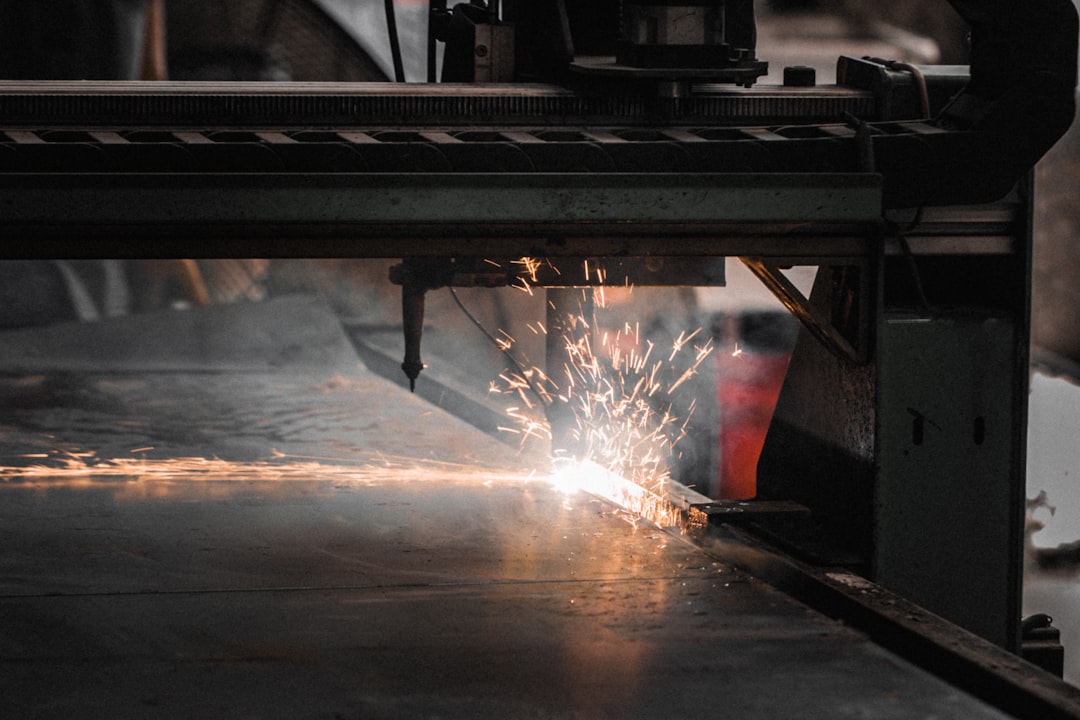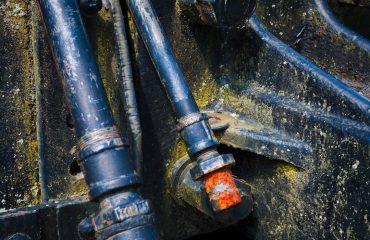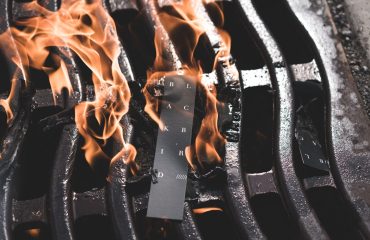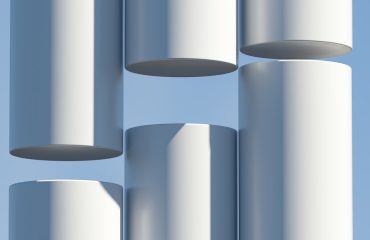Cogeneration, also known as combined heat and power (CHP), is a highly efficient process that simultaneously generates electricity and useful heat from a single fuel source. This technology plays a crucial role in reducing energy waste and improving overall energy efficiency. However, the success of a cogeneration system hinges on the materials used in its construction, with steel playing a particularly vital role. This post explores the critical aspects of steel selection and its impact on the performance and longevity of cogeneration plants.
1. Selecting the Right Steel Grade for Cogeneration Applications
The choice of steel grade for cogeneration systems is not arbitrary. It depends heavily on the specific operating conditions, including temperature, pressure, and the presence of corrosive agents. Commonly used steel grades include various carbon steels, low-alloy steels, and stainless steels. Carbon steels, while cost-effective, may have limitations at higher temperatures or in corrosive environments. Low-alloy steels offer improved strength and creep resistance at elevated temperatures. Stainless steels, particularly austenitic grades like 304 and 316, excel in corrosion resistance, making them ideal for applications involving steam and potentially aggressive chemicals.
The selection process often involves a careful analysis of the system’s operating parameters and a cost-benefit assessment, balancing material costs with the potential for increased lifespan and reduced maintenance.
2. Corrosion Resistance: A Critical Factor in Steel for Cogeneration
Cogeneration systems often operate in harsh environments. Exposure to high-temperature steam, potentially acidic condensates, and various chemicals necessitates the use of corrosion-resistant steels. Stainless steels, with their inherent chromium content, form a passive oxide layer that protects against corrosion. However, even stainless steels can be susceptible to specific types of corrosion, such as pitting or crevice corrosion, depending on the environment. Therefore, careful consideration of the specific chemical composition of the working fluids and the potential for localized corrosion is crucial.
Protective coatings and linings can be employed in conjunction with steel selection to further enhance corrosion resistance and extend the lifespan of components.
3. High-Temperature Properties and Creep Resistance: Steel’s Performance Under Pressure
Cogeneration systems often operate at elevated temperatures and pressures. This necessitates the use of steels with excellent high-temperature strength and creep resistance. Creep is the slow, permanent deformation of a material under sustained stress at high temperatures. For components subjected to high temperatures and stresses, such as pressure vessels and piping, creep resistance is paramount to ensure structural integrity and prevent failures.
Specific alloys, often containing molybdenum, chromium, and vanadium, are designed to withstand these demanding conditions. The selection of these high-temperature alloys is crucial for ensuring the safety and reliability of the cogeneration system.
4. Manufacturing Considerations and Weldability of Steel in Cogeneration Plants
The manufacturing process of cogeneration system components places additional demands on the chosen steel. The steel must be readily weldable to allow for the fabrication of complex components. The welding process itself can introduce metallurgical changes that affect the properties of the steel, so careful consideration of welding procedures and post-weld heat treatments is necessary to maintain the desired strength and corrosion resistance.
The chosen steel must also be easily formable and machinable to allow for efficient manufacturing processes. The balance between material properties, weldability, and manufacturability is a key consideration in the overall design and cost-effectiveness of the cogeneration system.
5. Future Trends and Innovations in Steel for Cogeneration Technology
Ongoing research and development focus on creating even more advanced steel alloys for cogeneration applications. This includes exploring new alloying elements and advanced manufacturing techniques to enhance high-temperature strength, creep resistance, and corrosion resistance. The drive towards higher efficiency and lower emissions is pushing the boundaries of material science, leading to the development of steels with improved properties and extended lifespan.
The integration of advanced materials characterization techniques and predictive modelling is also improving the understanding of steel behavior under complex operating conditions, leading to more informed material selection and optimized design.
In conclusion, the selection of appropriate steel grades is a critical factor in the design, construction, and operation of efficient and reliable cogeneration systems. Careful consideration of corrosion resistance, high-temperature properties, manufacturing considerations, and future trends in steel technology is essential for maximizing the performance and longevity of these vital energy systems.
Tags:
- Cogeneration Steel
- High-Temperature Steel
- Corrosion Resistant Steel
- Combined Heat and Power (CHP)
- Steel Alloys for Energy




